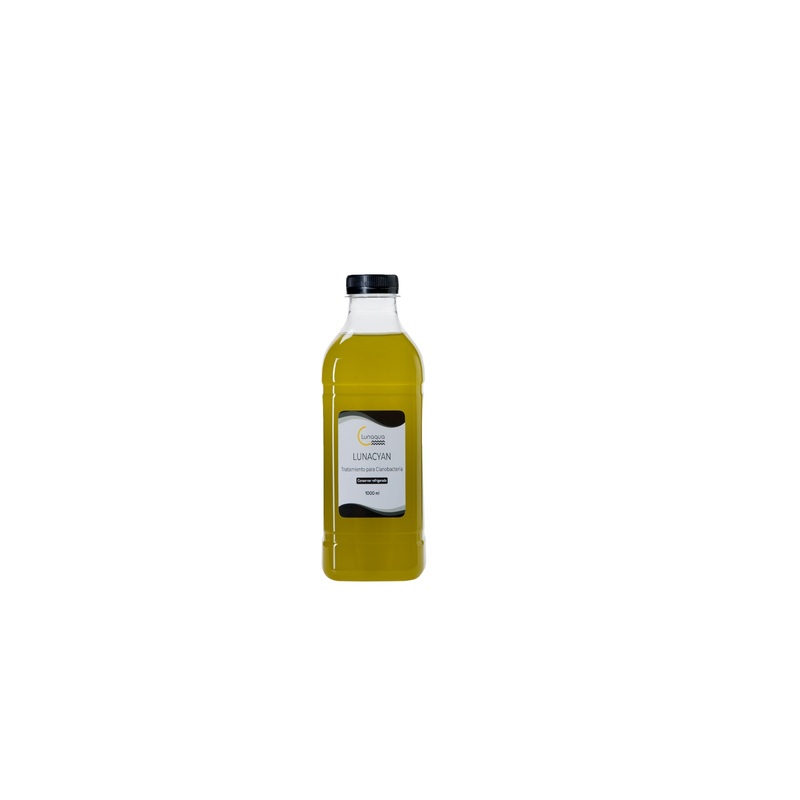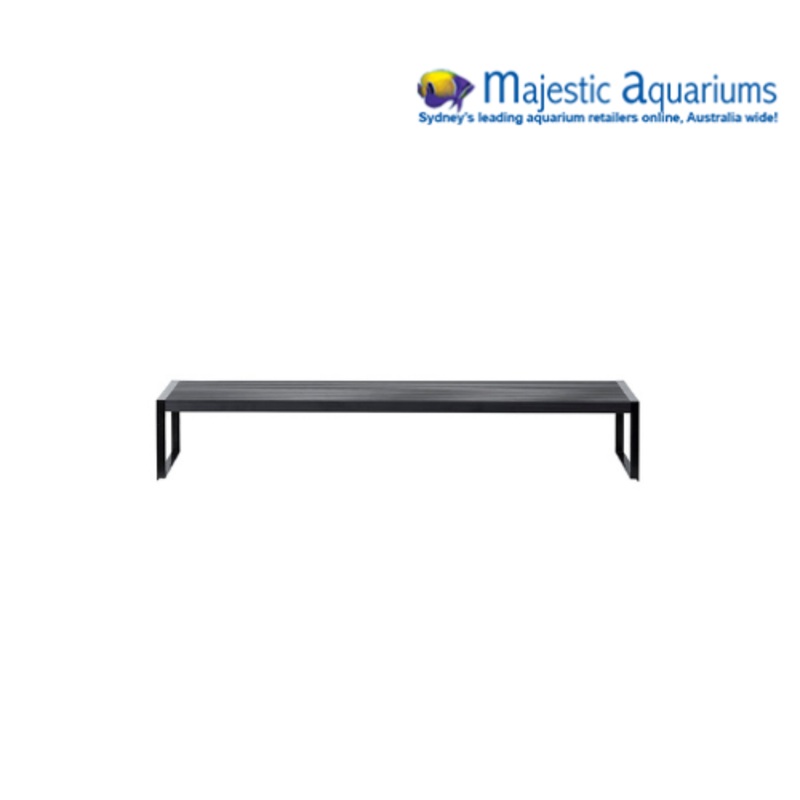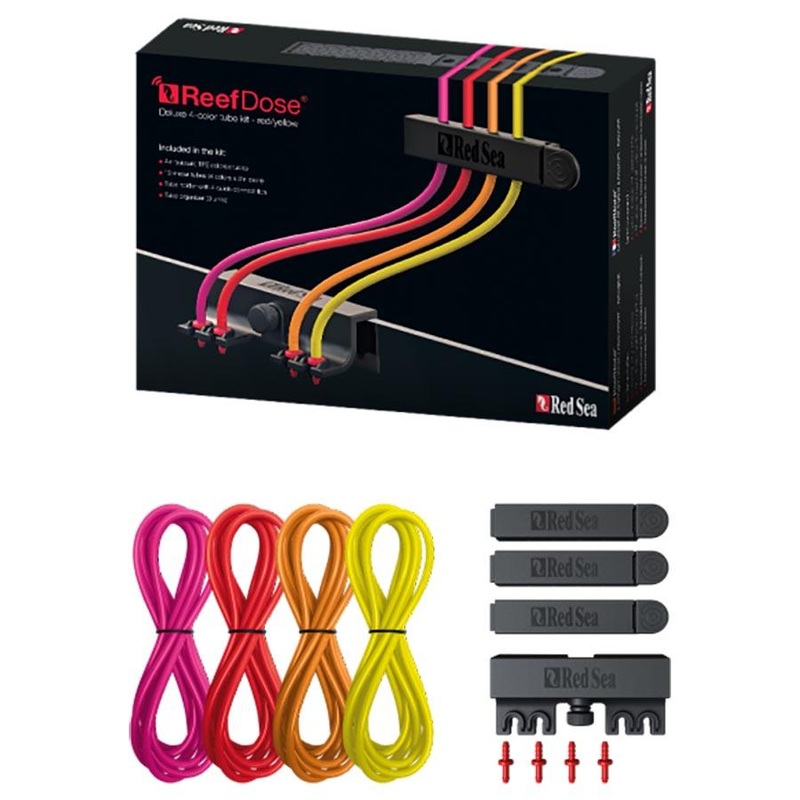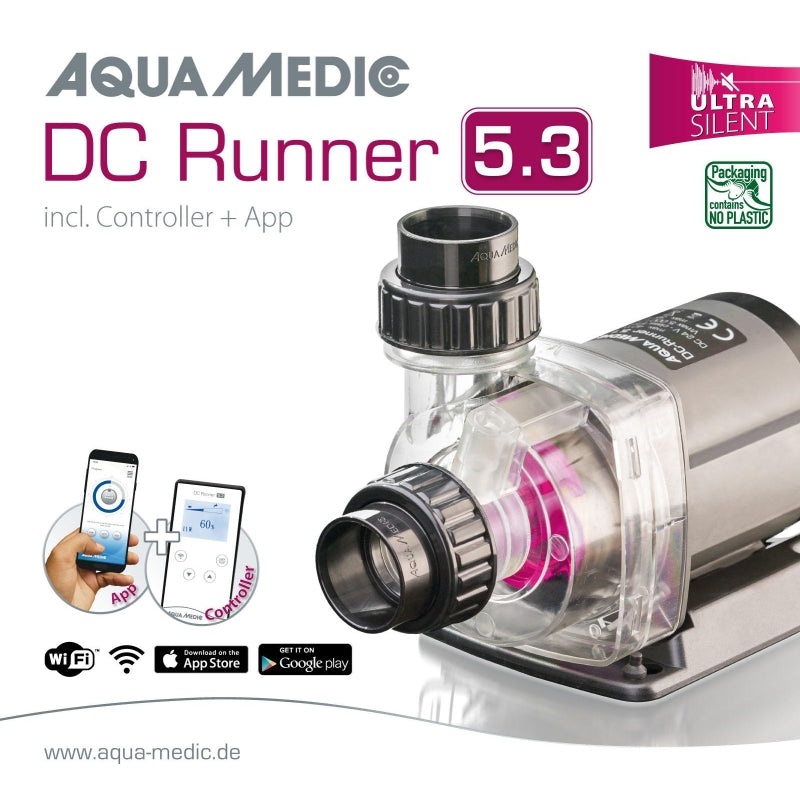 Sale!
Sale! Lunacyan – Treatment for Cyanobacteria
$13.59
$16.99
Quick Overview
Natural treatment for cyanobacteria.Mix ofSynechococcus spandPhaeodactylum tricornutumKingdom: BacteriaPhylum: CyanobacteriaOrder: SynechococcalesFamily: SynechococcaceaeGenus: Synechococcus (Ngeli, 1849)Kingdom: ProtistaPhylum: OchrophytaOrder: Bacillaria
- Satisfaction 100% Guaranteed
- Free shipping on orders over $30
- 60 day easy Return
Natural treatment for cyanobacteria.
Mix ofSynechococcus spandPhaeodactylum tricornutum
Kingdom: Bacteria
Phylum: Cyanobacteria
Order: Synechococcales
Family: Synechococcaceae
Genus: Synechococcus (Ngeli, 1849)
Kingdom: Protista
Phylum: Ochrophyta
Order: Bacillariales
Family: Phaeodactylaceae
Genus: Phaeodactylum
Species: Phaeodactylum tricornutum
General characteristics
Cyanobacteria have the peculiarity that they have different strategies to compete in environments where there is a decrease in nutrients in the environment, such as nitrogen and phosphorus.When nitrogen is limited, some cyanobacteria are able to fix atmospheric nitrogen through specialized cells (heterocysts) and this allows them to live where other organisms are limited.In phosphorus-deficient environments, the phosphorus reserves stored in the polyphosphate granules can be utilized.It has been seen that by accumulating and using polyphosphates it can offer you some advantage when it comes to surviving in environments poor in nutrients and with discontinuous phosphate contributions.It has also been observed that they have phosphatase enzymes attached to the outer surface of the cell membrane and this allows them to obtain easily assimilated inorganic phosphorus from organic compounds.They also have multicellular hairs and these increase the area of distribution of these enzymes making the uptake of this phosphorus more efficient.
Cyanobacteria such asSynechococcus spare not microalgae but have been widely studied due to their wide variety of uses.They contain chlorophylls, carotenoids, phycobiliproteins, proteins, exopolysaccharides and other biologically active metabolites of great utility in industrial and pharmacological use.They are prokaryotes and belong to the Bacteria Domain, but they have the peculiarity of carrying out oxygenic photosynthesis like microalgae.They have a high morphological diversity, ranging from unicellular (cocci and bacilli) to filamentous, and may present true or false branches.
In the marine environment, the presence of cyanobacteria is the main contribution of primary production, significantly affecting the nutrient cycle and the structure of the aquatic community in the oceans.The marine planktonic cyanobacteria are not very abundant and this is the case of the species that contains the Lunacyan product, unlike the benthic ones that are the ones that spoil our aquarium.What this species does is compete for food, fighting in this way with the benthic cyanobacteria that we may have.
Phaeodactylum tricornutumis a pelagic diatom with sizes ranging from 24-29 m x 4-5 m.It can take different shapes: triradial, fusiform or oval.It is considered marine, planktonic and benthic coastline depending on the form it acquires and contains a high amount of EPA and DHA.It has a high content of lipids, omega 3 and 6 fatty acids and fucoxanthin.It is important to highlight its high growth speed and rapid absorption of phosphates, this makes it compete with other diatoms and cyanobacteria that are polluting our aquarium.In addition, it will serve as food for small microorganisms and we will see how the transparency of the water increases.
How to use
- Mix well before adding.
- Dosage: start with 100ml / 100L for 5 days.
- If there are no results in 2-3 days, the dose can be doubled, adding a maximum of 250ml / 100L (it will depend on the biological load of the aquarium).
- After those 5 days continue to complete the 2 weeks at half the dose.
- Add with the lights just turned on and in a place where there is current.
- Turn off the skimmer for an hour when the product is added.
- Siphon the cyanobacteria at night (this is when it is most active).
- Keep refrigerated.
- Use preferably no more than two months after the batch date.
Nutritional profile:
Synechococcus sp:
- Crude proteins 50.23% (50.23 0.2)
- Crude fat 18% (18 0)
- Ash 17.94% (17.94 0.1)
Phaeodactylum tricornutum:
- Crude protein 33.7%
- Crude fat 10%
- Crude ash 20.6%
| Cost: | $25 |
| Free Shipping | We offer free shipping on orders over $30. Please check the free - shipping eligibility at checkout. |
| Delivery Time: | It usually takes [3-5] business days for standard shipping. Please note that this is an estimated time frame and may be affected by local holidays, and unforeseen circumstances. |





Reviews
There are no reviews yet.